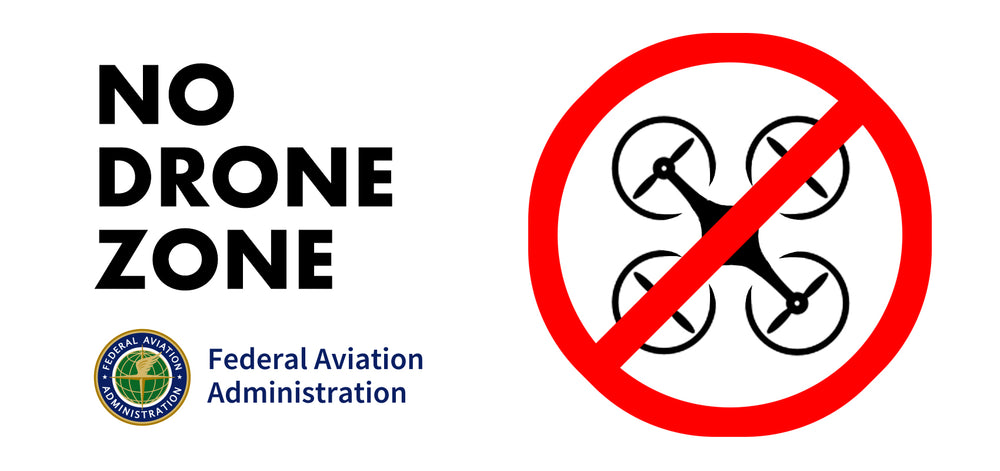Safety and Regulations in FPV Drone Flying: Navigating the Skies Responsibly
Share

Flying FPV (First Person View) drones is an exhilarating experience, allowing pilots to explore the world from a unique perspective. However, with great freedom comes great responsibility. Safety should always be a top priority when engaging in FPV drone flying, and understanding the regulations that apply in different countries and regions is crucial to ensure you stay within the bounds of the law and protect yourself and others. In this blog post, we'll explore safety considerations and regulations for FPV drone flying.
Safety Considerations:- Location, Location, Location: The first rule of safe FPV flying is choosing the right location. Flying your drone in a remote open field or designated flying area is ideal. Avoid flying near airports, crowded spaces, or restricted areas.
- Keep Line of Sight: Always keep your drone within your line of sight. FPV goggles or screens should be used to augment your view, not replace it. This ensures you can react to obstacles or other aircraft in real-time.
- Weather Awareness: Be aware of weather conditions. High winds, rain, or low visibility can pose significant risks. It's vital to avoid flying in adverse weather conditions to maintain control over your drone.
- Pre-flight Check: Always perform pre-flight checks on your drone. Ensure that the propellers, battery, and all other components are in good condition. Failing to do so can lead to accidents.
- Battery Management: Keep a close eye on your battery life. FPV drones can quickly drain their batteries. Low battery warnings are your cue to land your drone safely.
- Respect Privacy: Be respectful of others' privacy. Avoid flying over private properties without permission and respect people's personal space.
- Safety Gear: Wear appropriate safety gear such as safety glasses to protect your eyes, gloves, and even a helmet, depending on the type of flying you plan to do.
- Registration: In many countries, you are required to register your drone with the aviation authority. This helps authorities track drone ownership and usage.
- Altitude Limits: There are often altitude restrictions for drone flights. In the United States, for example, drones are generally not allowed to fly higher than 400 feet above ground level.
- No-fly Zones: Avoid flying near airports, military bases, government buildings, or other restricted areas. Be aware of temporary no-fly zones as well, which may be established for special events or emergencies.
- Licensing and Certification: In some regions, you may need a license or certification to operate certain types of drones or fly them for commercial purposes.
- Line of Sight: Regulations may stipulate that you must maintain a direct line of sight with your drone at all times. This means you should not rely solely on FPV goggles or screens.
- Avoiding People and Property: It is generally prohibited to fly over people and private property without consent. Be aware of the distances and clearances required.
- Night Flying: Many areas restrict or ban flying drones at night without proper lighting and permissions.
- Data Privacy: Regulations may govern how you collect and use data with your FPV drone. Be aware of the rules regarding photography and videography.
- Commercial Use: Different regulations may apply if you plan to use your drone for commercial purposes, such as aerial photography or surveying.
Remember, regulations are in place for safety and the protection of people and property. Ignoring or violating these rules can result in fines, legal consequences, or the loss of your drone.
As an FPV drone pilot, it's your responsibility to stay informed about the regulations in your area and adhere to them. This not only ensures your own safety but also contributes to the responsible and positive image of the FPV drone community.
In conclusion, FPV drone flying offers a thrilling and unique perspective on the world, but it comes with a set of responsibilities. Safety considerations and adherence to regulations are paramount to ensure that you can enjoy your hobby while minimizing risks and respecting the rights and safety of others. Always prioritize safety, educate yourself on local regulations, and fly responsibly. Visit FAA for the latest drone regulations.
